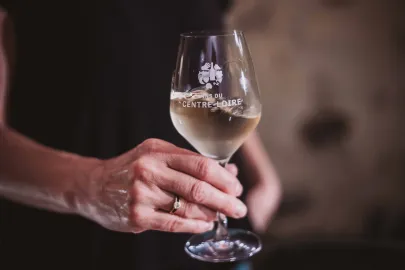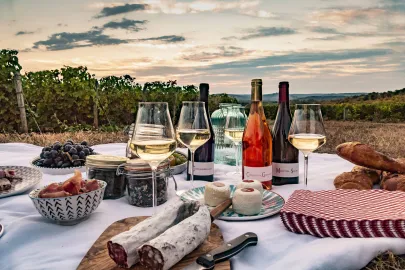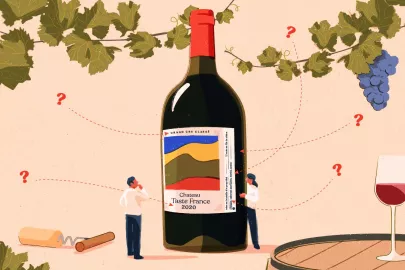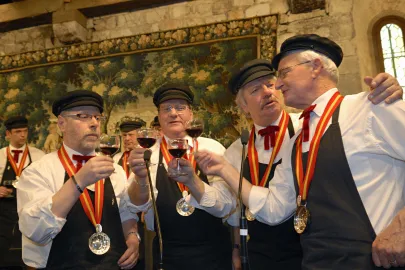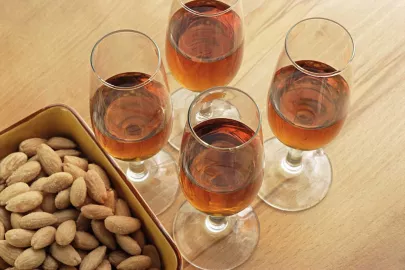Faced with a number of fundamental questions, related mainly to global warming, France as a wine-growing nation is now re-examining old, overlooked and even disdained grape varieties. And not before time!
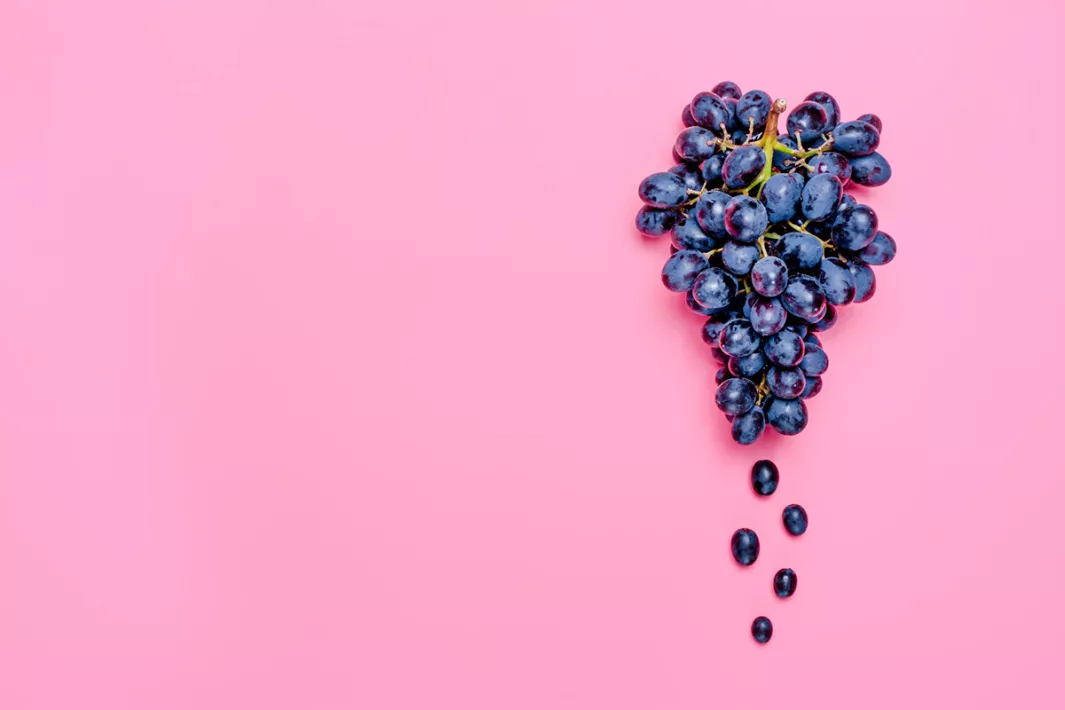
From contempt to endorsement
Too productive; not productive enough; too fragile... Over the past forty years, French viticulture has dumped a whole host of grape varieties by the wayside and, along with them, a good portion of its wine-growing heritage. These varieties were accused of producing mediocre wines, without considering the fact that they were undoubtedly poorly treated and abused by somewhat rough methods. Disdained and rejected, they were replaced by grape varieties famed the world over, known as “improvers”, even outside their regions of origin. For example, Syrah – whose soil of preference remains the northern Rhône valley – has now invaded Languedoc. And not always for the better...
In the appellation d’origine contrôlée specifications, the axe was wielded to create space to showcase these “great” varieties. And then, against the tide of this change, some growers gradually began working to restore the image of these forgotten or maligned grapes. And the proof that they were on the right track? Their wines!
In the Languedoc, for example, opinions about Carignan soon changed when a few inspired producers assigned it a starring role in some remarkable wines. In Corsica, where some amazing work has been done to revive old grape varieties, the white Bianco Gentile and red Carcajolu Neru grapes are now fully-fledged citizens.
Obvious virtues
Why bring them back? To protect a piece of history; to promote diversity; to fight against standardization; and to give individual vineyards a stronger identity. Better still, over and above this desire to preserve heritage, some of these ancient grape varieties offer a number of extremely valuable benefits, especially in these current times of global warming. In the South of France – and elsewhere – one of the great struggles faced by winemakers is to continue to produce well-balanced wines rather than “big guns” with sky-high alcohol levels. Hence the interest aroused by a variety such as Cinsault, for example. Late to mature, fairly insensitive to drought and disease, it has the happy ability to produce supple, fresh wines, even under the Languedoc sun.
In the same region, Ribeyrenc is also being re-adopted by a number of domaines. Giving the lie to the received wisdom that southern wines are all about dark colors and strong concentration, it instead produces very drinkable wines with a light color and subtle texture – a real godsend when the mercury starts to climb.
In Alsace, producers are now being wowed by the straightforward liveliness of Sylvaner – a variety that was once accused of producing wines with no depth, and was being ripped up by the acre in the 1970s. The same is true for Arbane and Petit Meslier in Champagne, and Pineau d’Aunis in the Loire. These are varieties whose return could do much to counter the effects of global warming in their respective regions. That has to be good news, right?
Taste France Magazine’s selection
Domaine Thierry Navarre – Vin de France - “Ribeyrenc”
Head down to Roquebrun, in the Languedoc’s Saint-Chinian appellation, where you’ll find this winemaker with a passion for old grape varieties. His fluid, juicy, very slightly spicy “Ribeyrenc” goes down a treat with charcuterie and grilled meats.
Domaine Trescol Ferrier é Bouit – Vin de France - “St Sôt”
Lovers of natural wines are snapping up the produce from this Ardèche-based estate. The accessible “St Sôt” delivers on all its promises of freshness, drinkability and indulgence. 75 cl of pleasure!
Domaine Ostertag – Alsace – “Les vieilles vignes de Sylvaner” 2019
The Ostertag family owns one of the most famous domaines in Alsace. Alongside its well-known big-name varieties (Riesling, Gewurztraminer, etc.), it has always striven to promote Sylvaner. In this case, it reveals itself to be deep, refined and elegant, with a saline finish.
Domaine des Huards – Cour-Cheverny - “Romo” 2018
“Romo” for Romorantin – the name of this white Touraine variety. In this example, it demonstrates its ability to produce refined, precise, lively wines. The aromas? Citrus and a hint of honey.
Taste France Magazine’s selection
Head down to Roquebrun, in the Languedoc’s Saint-Chinian appellation, where you’ll find this winemaker with a passion for old grape varieties. His fluid, juicy, very slightly spicy “Ribeyrenc” goes down a treat with charcuterie and grilled meats.
Domaine Trescol Ferrier é Bouit – Vin de France - “St Sôt”
Lovers of natural wines are snapping up the produce from this Ardèche-based estate. The accessible “St Sôt” delivers on all its promises of freshness, drinkability and indulgence. 75 cl of pleasure!
Domaine Ostertag – Alsace – “Les vieilles vignes de Sylvaner” 2019
The Ostertag family owns one of the most famous domaines in Alsace. Alongside its well-known big-name varieties (Riesling, Gewurztraminer, etc.), it has always striven to promote Sylvaner. In this case, it reveals itself to be deep, refined and elegant, with a saline finish.
Domaine des Huards – Cour-Cheverny - “Romo” 2018
“Romo” for Romorantin – the name of this white Touraine variety. In this example, it demonstrates its ability to produce refined, precise, lively wines. The aromas? Citrus and a hint of honey.
Contributor

Editor

